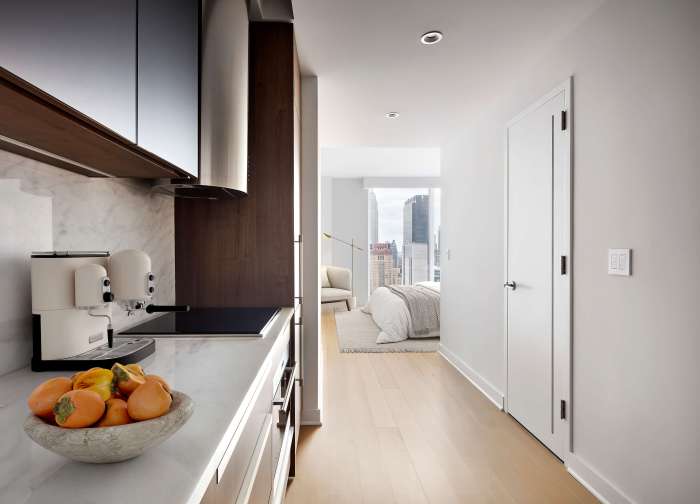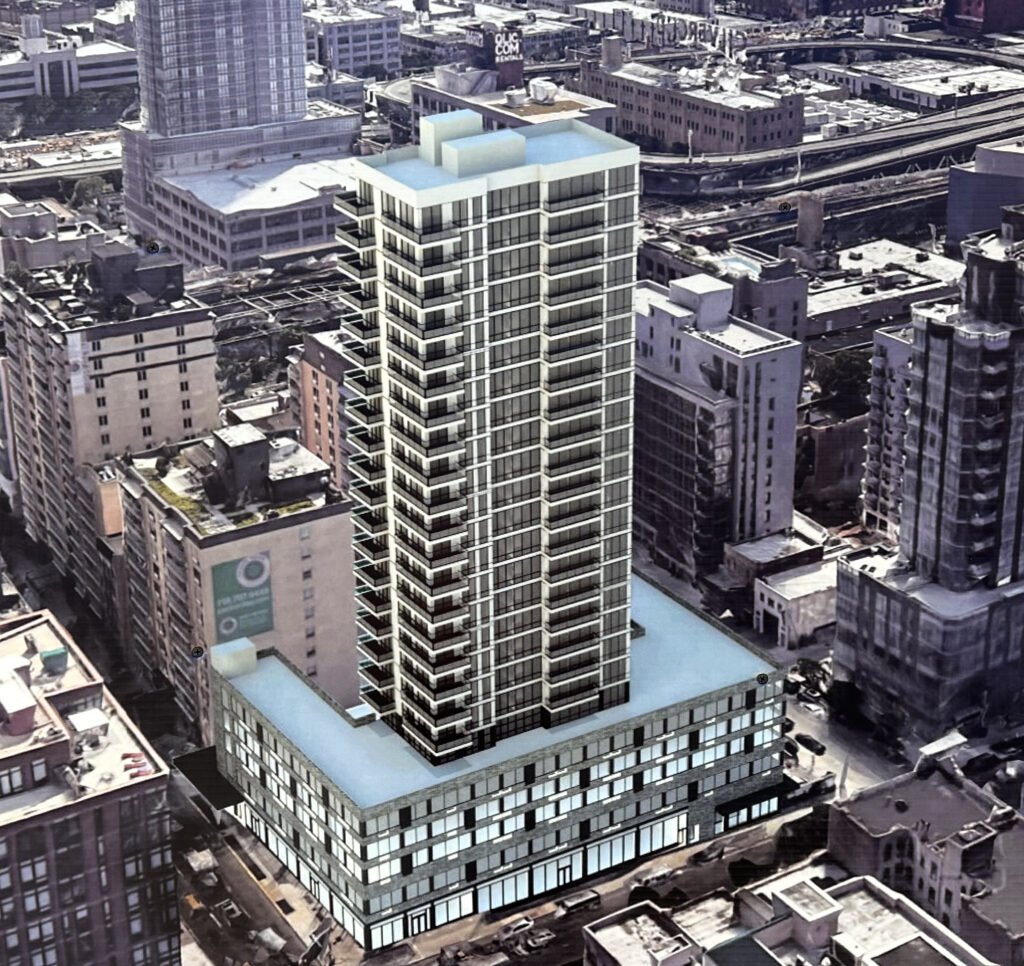
Synonymous with racial tension amid the 1991 riots, Crown Heights is more closely identified now with soaring real estate prices.
In January, real estate group Adam America paid $32.5 million for a 24,000-square-foot gas station site at Bedford Avenue and Eastern Parkway, where it plans to build an eight-story building with 172 units, 32 of which will be affordable housing, and 25,000 square feet of retail space.
Among the amenities: underground parking, a gym, a roof deck and a basketball court.
Also in January, a 5,400-square-foot Crown Heights townhouse sold for $3.45 million, surpassing the previous record for the neighborhood of $2.9 million set in December.
“Eastern Parkway is a beautiful boulevard,” said Omri Sachs, co-founder of Adam America. “Brooklyn is reclaiming its glory days, and we believe that specific area will be part of the process.”
This is not the same Crown Heights that made headlines in the 1990s for clashes between Orthodox Jews and African-Africans after a car in a Hasidic motorcade struck and killed a black boy.
Crime has plunged precipitously in the past two decades. In the 77th Precinct, which covers most of Crown Heights, murders fell nearly 89% between 1990 and 2014, rapes 78% and robberies 88%. The community of about 140,000 still has a large Caribbean population, but it is gentrifying at warp speed. Between 2000 and 2010, the neighborhood’s black population dropped about 13% to 100,000 while the number of whites nearly doubled to more than 20,000, according to U.S. Census data.
Meanwhile development has surged. Crown Heights had more apartment-building transactions between October 2013 and March 2014 than any other neighborhood in the city, according to Ariel Property Advisors. The average condo price rose to $748 per square foot from $521 between 2012 and 2014, and land prices soared to $178 per buildable square foot from $94.
Rents have also jumped. Studio-apartment rents increased 23% between 2013 and 2014, one-bedrooms 8% and two bedrooms 9%, according to the MNS realty group.
Last December, Adam America sold its first Crown Heights project, a 77-unit building at 500 Sterling Place, for $48 million to Silverstone Property Group – just two years after buying the foreclosed site for $6.8 million. The building is fully leased, despite rents of up to $3,000 for one-bedrooms. At two new adjoining buildings on Dean Street, two-bedrooms with a private garden rent for nearly $4,500.
There are about two dozen projects in various stages of development, representing hundreds of units. Most are rentals, but there are a handful of condos, signifying that affluent professionals are being drawn to Crown Heights. Among the largest planned are a 114-unit building on Bedford Avenue across the street from the gas-station site, where the Fox Savoy Theater formerly stood; 172 units on Saint Marks Avenue; and 172 units on St. Johns Place. A condo building with 46 units is planned for Sterling Place.
While most of the new projects are slated for Crown Heights’ trendier northwest section, developers are beginning to move southwest. Permits were filed in December for a four-building, 200-unit project on the southern stretch of Franklin Avenue.
“Architecturally, Crown Heights is one of the nicest neighborhoods of Brooklyn’s Brownstone Belt,” said Boaz Gilad, owner of Brookland Capital, which has six condo projects underway.
Crown Heights also boasts four express subway stops and a 20-minute ride to Manhattan; Prospect Park; and cultural institutions like the Brooklyn Children’s Museum and the Brooklyn Botanic Gardens.
Priced Out
Not everyone is thrilled with the development. Tenant unions and community groups have sprung up to fight for affordable housing, while preservationists are seeking landmark status for historic sections of the neighborhood.
Community Board 9, which includes South Crown Heights, has called on the city Planning Department to cap building heights at six stories.
Alicia Boyd, co-founder of the community group Movement to Protect the People, estimates that in two years about 30 % of Crown Heights’ longtime residents have fled the neighborhood. While a 2013 rezoning of Northwest Crown Heights included incentives for building affordable housing, the median family income of $84,000 used by the city to set affordable-housing rents is twice Crown Heights residents’ actual median income, Boyd noted.
It’s a familiar pattern throughout the city, as the number of rent-stabilized apartments diminishes. Between 1994 and 2013, the city lost about 105,000 rent-stabilized units, according to the New York City Rent Guidelines Board.
Makeda Amha bought a one-bedroom condo across the street from the gas-station site for about $300,000 in 2007, and her boyfriend, Kimi Tseggai, moved in two years ago. They say they will have to move from Crown Heights when they start a family and need more space.
“A lot of people can’t afford to live here anymore,” said Amha, 41, a web project manager.
Shannon Mustipher is beverage manager at the one-year-old Caribbean restaurant Glady’s on Franklin Avenue but rents an apartment in Bushwick. “I helped make Crown Heights cool, and now I can’t afford it,” said Mustipher, 32.

















